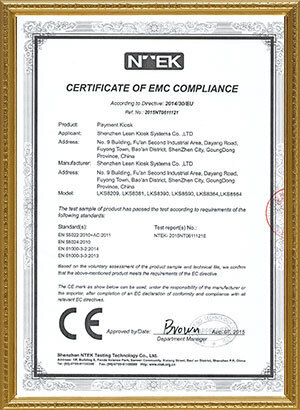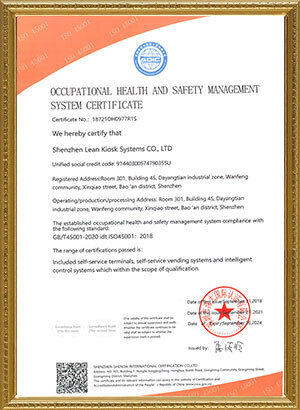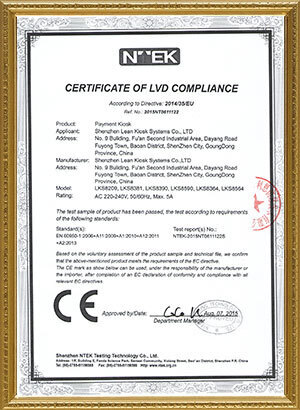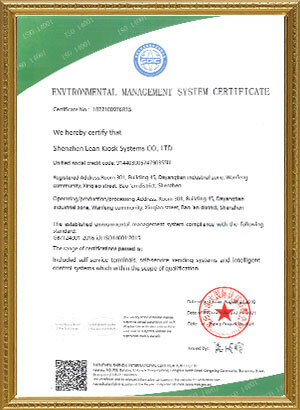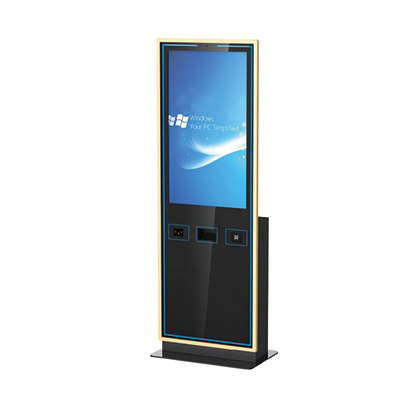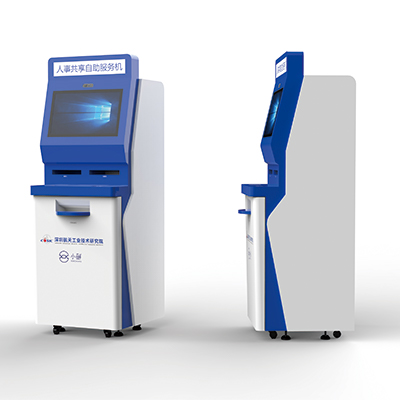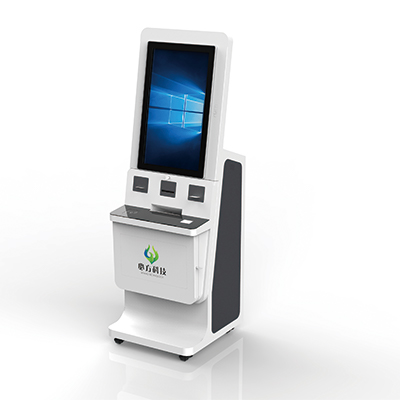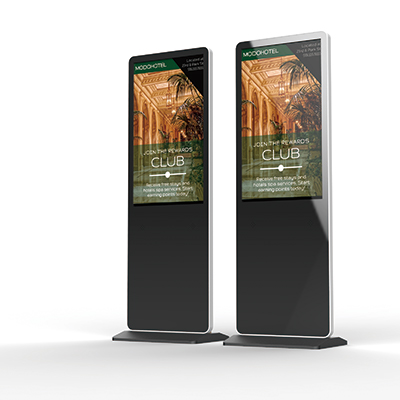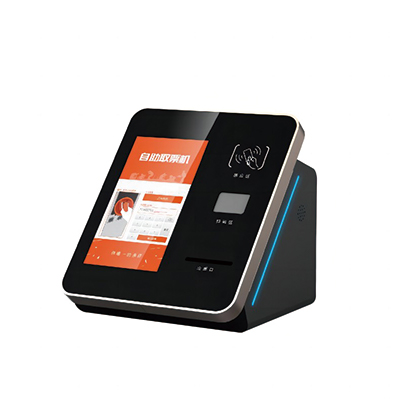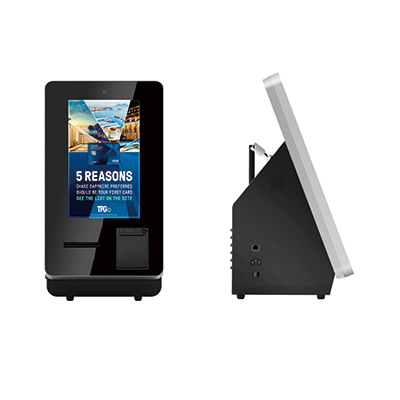






—— Bill from America
—— Jack from United Kingdom
—— James from Russia
—— Mike from America
—— James from Iran
—— James from America
The choice of materials for a kiosk depends on several factors including its intended use, location (indoor or outdoor), durability requirements, aesthetic preferences, and budget. Here are some common materials used in constructing kiosks:
1. Metal (Stainless Steel, Aluminum):
o Stainless Steel: Known for its durability, corrosion resistance, and sleek appearance. It is suitable for both indoor and outdoor kiosks but may require maintenance to prevent scratching and staining.
o Aluminum: Lightweight yet strong, aluminum is corrosion-resistant and ideal for outdoor kiosks. It can be powder-coated for added protection and aesthetic appeal.
2. Wood:
o Hardwood: Provides a natural and warm aesthetic. Hardwoods like oak or mahogany are durable and can be stained or painted to match different environments.
o Plywood: Cost-effective and versatile, plywood can be laminated or coated for moisture resistance. It's suitable for indoor kiosks or covered outdoor areas.
3. Plastics:
o High-Density Polyethylene (HDPE): Durable, weather-resistant, and low-maintenance. HDPE is commonly used for outdoor kiosks due to its ability to withstand UV exposure and moisture.
o Acrylic (PMMA): Provides a clear and transparent finish. Acrylic is lightweight, scratch-resistant, and suitable for indoor kiosks or display windows.
4. Fiberglass:
o Fiberglass-Reinforced Plastic (FRP): Strong, lightweight, and weather-resistant. FRP is used for outdoor kiosks where durability and resistance to corrosion are important.
5. Composite Materials:
o Wood-Plastic Composite (WPC): Combines the natural look of wood with the durability of plastic. WPC is moisture-resistant and suitable for outdoor applications.
o Composite Panels: Made from layers of different materials (e.g., aluminum composite panels). They offer strength, insulation, and weather resistance.
6. Glass:
o Tempered Glass: Strong and shatter-resistant, tempered glass is used for display windows or panels in indoor kiosks. Laminated glass can provide additional safety and security.
7. Others:
o Concrete: Provides durability and stability. Concrete kiosks are typically used in permanent outdoor installations.
o Fabric: Used for temporary or portable kiosks. Fabric structures are lightweight, easy to transport, and can be customized with graphics.
When selecting materials for a kiosk, it's important to consider factors such as weather exposure, maintenance requirements, security needs, and aesthetic preferences. Combining different materials may also be advantageous to achieve the desired functionality and appearance of the kiosk.
Address: No. 99-15, Fuan intelligent manufacturing Industrial Park, Dayang Road, Fuhai Street, Baoan District, Shenzhen, China


